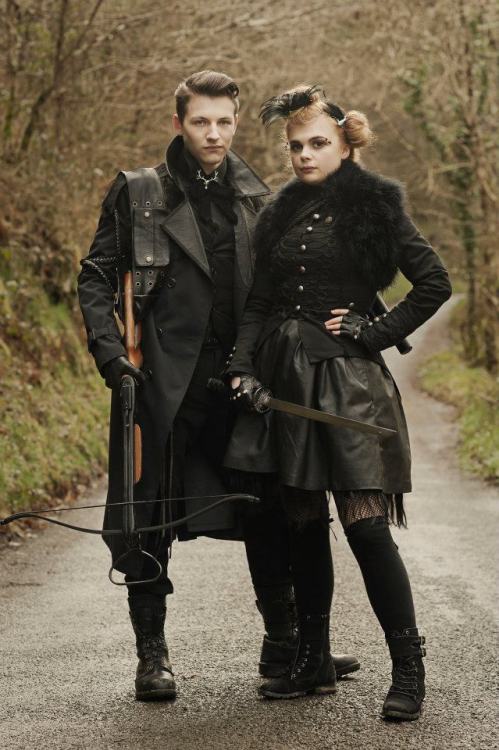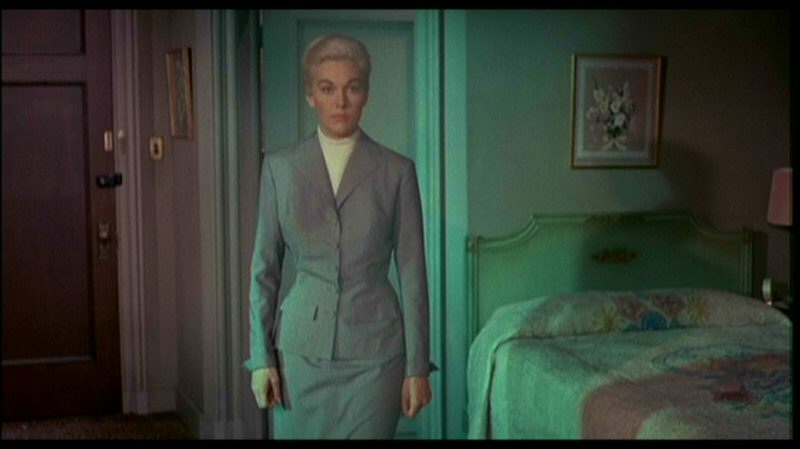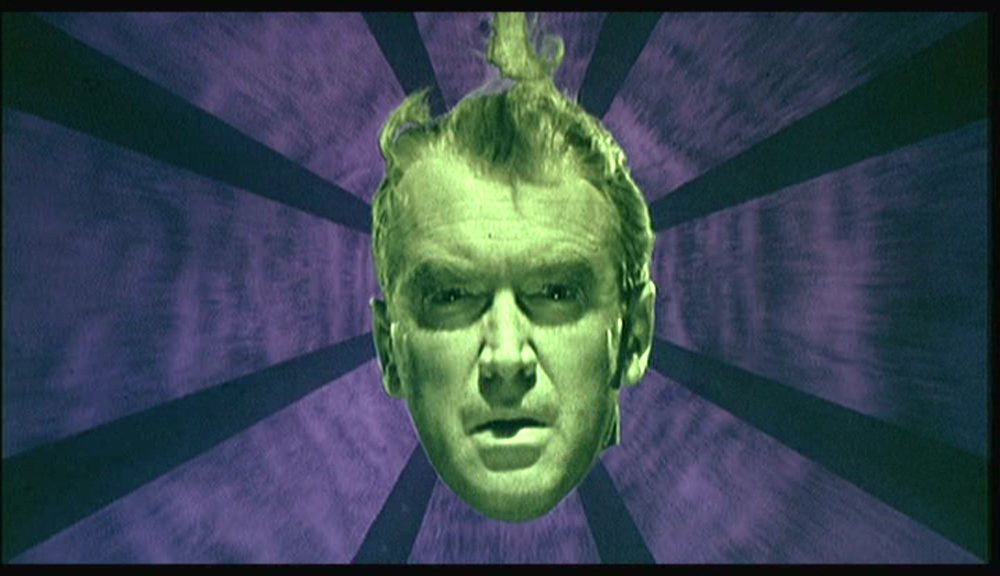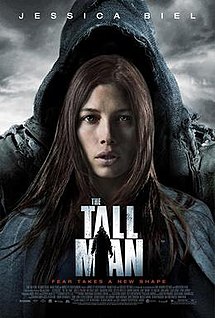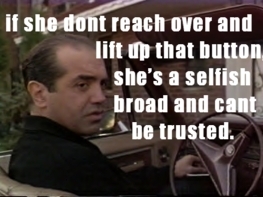 |
| Does this mean you don't want to be my protegee? |
Screwball comedy is defined as a whimsical or
eccentric film in which characters find themselves in complicated plots filled
with farcial situations. These films often feature quick witted repartee,
romance, and conflicts between both the sexes and the classes. One of the most
notable of these films is the 1936 classic My
Man Godfrey; a film which combined romantic comedy with social justice to create a comic masterpiece. By the film’s hilarious end, even the most
hardened cynics will be tempted to believe that the impossible is possible and modern
viewers will realize that cinema was one of the few ‘great’ things during the
Great Depression.
The film starts as high society sisters Irene
(Carole Lombard) and Cornelia Bullock (Gail Patrick) arrive at the city dump in
search of a ‘forgotten man’ or, in today’s terms, homeless person. The unusual
search is part of a society benefit scavenger hunt which requires, amongst
other odd items, a forgotten man. Determined to win the contest, Cornelia
approaches the homeless Godfrey (William Powell) and offers to pay him $5 if he
appears with her at the benefit. Insulted, Godfrey proceeds to show Cornelia exactly
what he thinks of her proposal by pushing her into an ash heap and chasing her
off of the premises. He then agrees to appear at the benefit with the zany but
well-meaning Irene in order to further humiliate her sister. Godfrey and Irene
go on to win the scavenger hunt, much to Cornelia’s irritation, and Irene asks
him to replace their recently fired butler. Godfrey hesitantly agrees and
arrives for work at the Bullock house the next morning, where he quickly
realizes that Irene’s antics are just the beginning of the family’s
eccentricities. The girls’ mother (Alice Brady), for instance, proves to be just
as daffy as her daughters, and insists upon maintaining an indigent composer
(Mischa Auer) as her ‘protegee’; a post which largely involves entertaining
Mrs. Bullock and Irene while eating the family out of house and home.
Meanwhile, the girls’ father (Eugene Pallette) tries his best to maintain some
sense of sanity and financial security amidst the upheaval of the household.
Although the family is initially reluctant to accept Godfrey as Irene’s protégée,
they quickly come to appreciate and rely upon Godfrey as a butler, advisor, and
most importantly, a friend. Godfrey similarly benefits from life with the
Bullocks as he uses his position to regain a purpose in life, and his
newfound funds to assist the countless other ‘forgotten men’ in Depression-era
New York. To provide any further details of the madcap plot would only take the fun
out of the film’s many unexpected, and sometimes inexplicable, turns.
One of the film’s most likable aspects was also its
most controversial upon initial release; its mixture of offbeat comedy and social
commentary. While many films of the era sought to lionize the poor and
criticize the rich, few were able to do so in such a subversive or enjoyable
way. Powell’s understated portrayal of Godfrey perfectly encompasses the
writers’ image of the dignified poor. Similarly, Lombard displays expert comedic
delivery and her Irene proves to be endlessly endearing, despite her role as a
caricature of the idle rich. Both stars play off of one another perfectly while
rattling off a seemingly non-stop slew of social barbs. The contrast between Irene and her unabashedly
wacky family and Godfrey and his fellow forgotten men demonstrates the
disparity of wealth during the 1930’s and the ways in which different parts of
society coped, or refused to cope, with its effects.
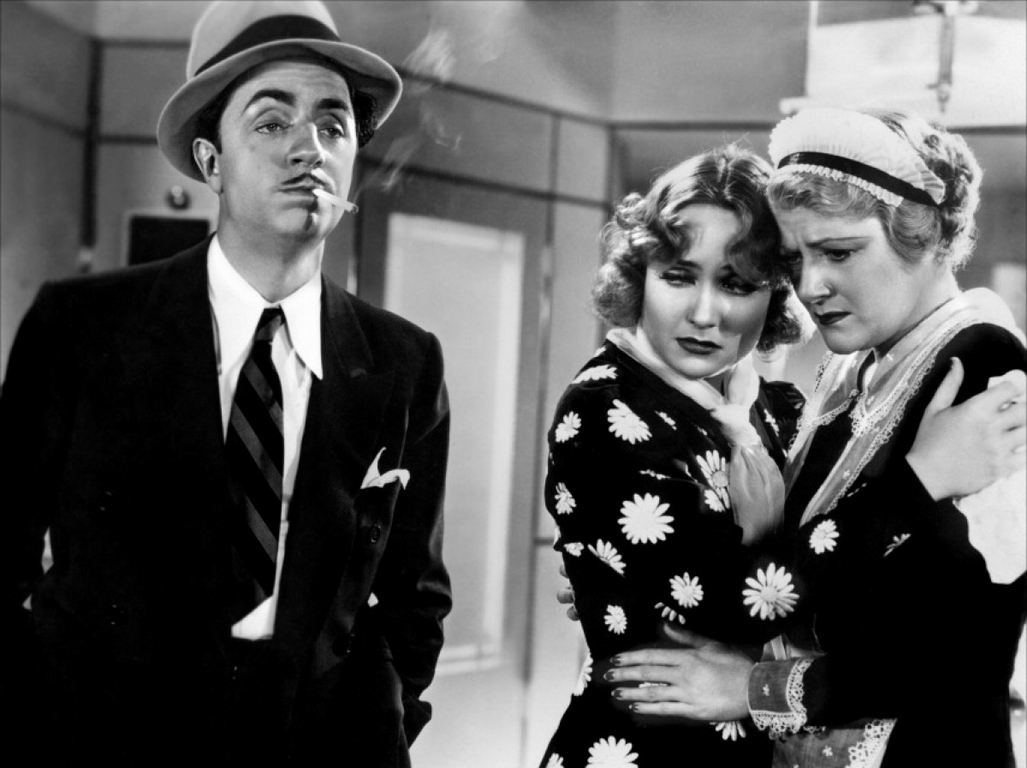 |
| Everybody loves Godfrey |
While the juxtaposition of Godfrey and Irene
provides a clear message about the writers’ view of the rich, the film’s use of
physical and romantic comedy prevents the message from becoming heavy handed.
Despite all of the compromising situations Irene’s careless actions put Godfrey
into, the film never judges her. On the contrary, the film seems to indulge her
petulant needs far more than the begrudging Godfrey allows himself to. Godfrey
is also portrayed as possessing flaws despite his basic decency. For example, his
high mindedness does not prevent him from giving Cornelia her comeuppance. Irene’s
schoolgirl crush on Godfrey also adds another dynamic to their relationship, which
calls into question which of the two actually has the upper hand. Her absolute
adoration of Godfrey imbues Irene with an innocence that makes her selfish
behavior more childish than callous, and enables her (and vicariously her class) to appear
more unknowing than unfeeling. As a result, the film refuses to deny that many
rich people do possess virtues and many poor people do have flaws.
Although the film delves into the dark territory of
class warfare, its greatest message seems to be that people and societies need
to balance their priorities. For instance, the Bullocks' frivolous spending
eventually leads them to face the very real possibility of financial ruin.
Irene also chances losing Godfrey when she places her own desire for a romantic
relationship with him over the value of their friendship. It is revealed that even
Godfrey has strayed from the straight path when he allowed himself to drift
into a life of poverty following a broken engagement. Through this portrayal of
average people led extraordinarily astray, the film offers a mirror for 1930’s
America, which had similarly lost its way after the recklessness that permeated
the 1920’s. In this way, the film also offers a solution for its audiences to
alleviate, if not completely solve, their problems by maintaining one’s
priorities and remembering what is most important in life. It is a simple
message, but one that we could certainly stand to remember in our own
uncertain times.
While the film’s side-splitting writing alone is
worth the price of admission, it would not have been nearly as effective
without its extraordinary cast. Lombard’s combination of innocence and
recklessness elevates Irene beyond the typical screwball comedy ditz to a truly
likable heroine. Powell’s straight-man approach to Godfrey provides the
audience with a moral and intellectual center that keeps the film from veering
too far off course, while serving as an excellent foil to the off-kilter
Bullocks. The supporting cast is equally delightful with Brady proving to be almost
as hilariously unaware as Lombard, and Patrick adding a dynamic level to her
shrewish antagonist. Similarly, Pallette and Auer hold their own against the
ladies in the house, while also expertly playing off of one another.
My
Man Godfrey truly is a comedy for the ages. The film
deftly combines romance, social commentary, and slapstick humor to make the
screwiest of screwball comedies. The film marked a peak in the careers of
former real life spouses Lombard and Powell and proved to be a stepping stone
to their later successes. This film was recommended to Depression-era audiences
for its ability to help them transcend above the harsh world outside, while
inspiring them to find a way to improve that same harsh world.
Today, this film is recommended for those same reasons that still resonate
today, and as a reminder of the days when comedies could be substantial even as
they made audiences laugh away their cares, at least for a little while.
 |
| At home with the Bullocks |




